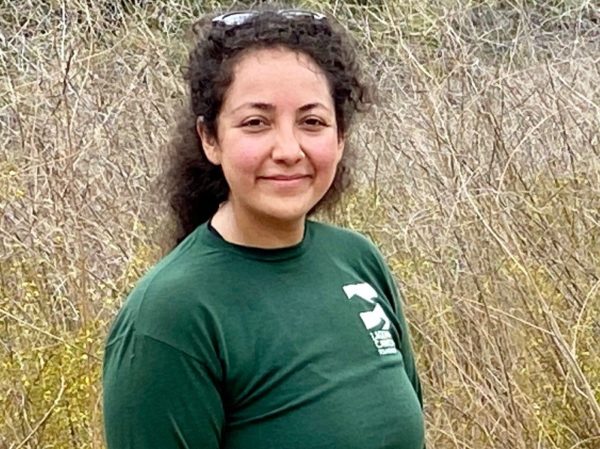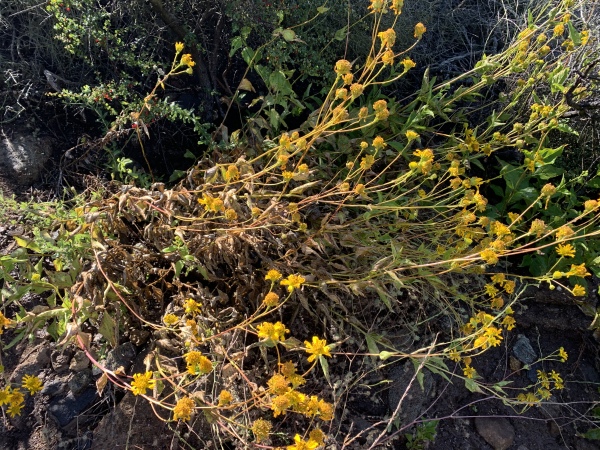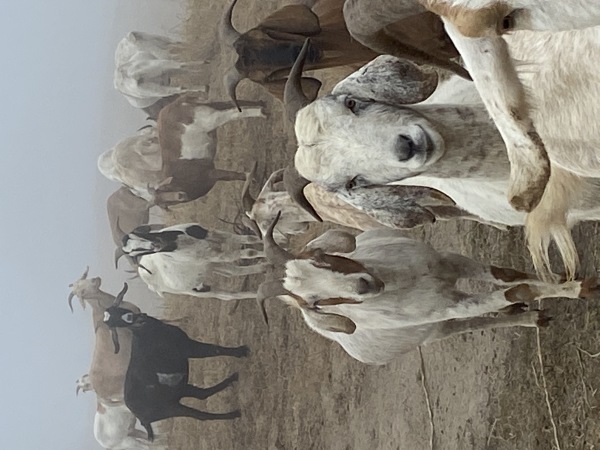
As the newly hired Conservation Coordinator for Laguna Canyon Foundation, my first month at Laguna Canyon Foundation has begun to teach me what is unique and special about the land here and how fire prevention fuel modification fits into protecting our precious resources. While previously working in the Great Salt Lake Desert in Utah, I became enchanted with sagebrush and learned that it is threatened by increasingly frequent wildfires and it has trouble bouncing back from fires. I remember feeling like all the hard work and treachery of the desert was worth braving to protect a plant that is fascinating, smells great, and is shelter for many animals I admire. Here in Laguna Beach we have another variety, California Sagebrush, that similarly struggles with a change in fire regime. Here too, I feel that working in steep terrain and lack of shade is well worth it as I work on our fuel modification project to protect coastal habitat in the area.

I learned that the habitat here is subtle, yet diverse. If you’re hiking quickly or driving down Laguna Canyon Road you may miss these things. Fuel modification work is slow by design. When you’re climbing your way through lemonadeberry and avoiding cactus, you have no choice but to slow things down and pay close attention to what is around you. It is in that very slowing down that you notice the subtleties around you. You start to notice differences in what grows on different facing slopes, and how the native and non-native species weave together behind homes. Also, I am learning through experience, there are a lot of plants in the area you do not want to touch. Bush rue, poison oak, and prickly pear cactus—all necessitate paying close attention to what I touch and am walking through.

I have also learned that there are rare plants and animals that call Laguna Beach home. One of them is a plant called Big-Leaved Crownbeard. It only grows here and in Ensenada, Mexico, and I paid close attention to remembering its yellow flowers and the rough texture of its leaves. I learned where it likes to grow and made sure to be diligent about protecting it from vegetation removal while the hand crews worked on removing invasive plants and thinning out native plants. To protect Crownbeard, it is key to also protect the group of trees and shrubs under which it grows. Here I began to explore balancing habitat protection with fuel reduction and decreasing fire risk.
Importantly, this first month has made me slow down and let me peel away the layers of complexity that surround us. It’s allowed me to get up close with the plants as I travel through thick vegetation. What on my first day looked like patches of green have all taken on more definition as sagebrush, laurel sumac, buckwheat, and so on. It’s allowed me to take a broader look at fuel modification and its various techniques—goat grazing, mechanical removal, and targeted herbicide application. All these techniques come together to both protect what is unique about the area. I truly look forward to what I will learn in the future.
It’s allowed me to get up close with the plants as I travel through thick vegetation. What on my first day looked like patches of green have all taken on more definition as sagebrush, laurel sumac, buckwheat, and so on. It’s allowed me to take a broader look at fuel modification and its various techniques—goat grazing, mechanical removal, and targeted herbicide application. All these techniques come together to both protect what is unique about the area. I truly look forward to what I will learn in the future.
Click here for more about our fuel modification project with Laguna Beach City.